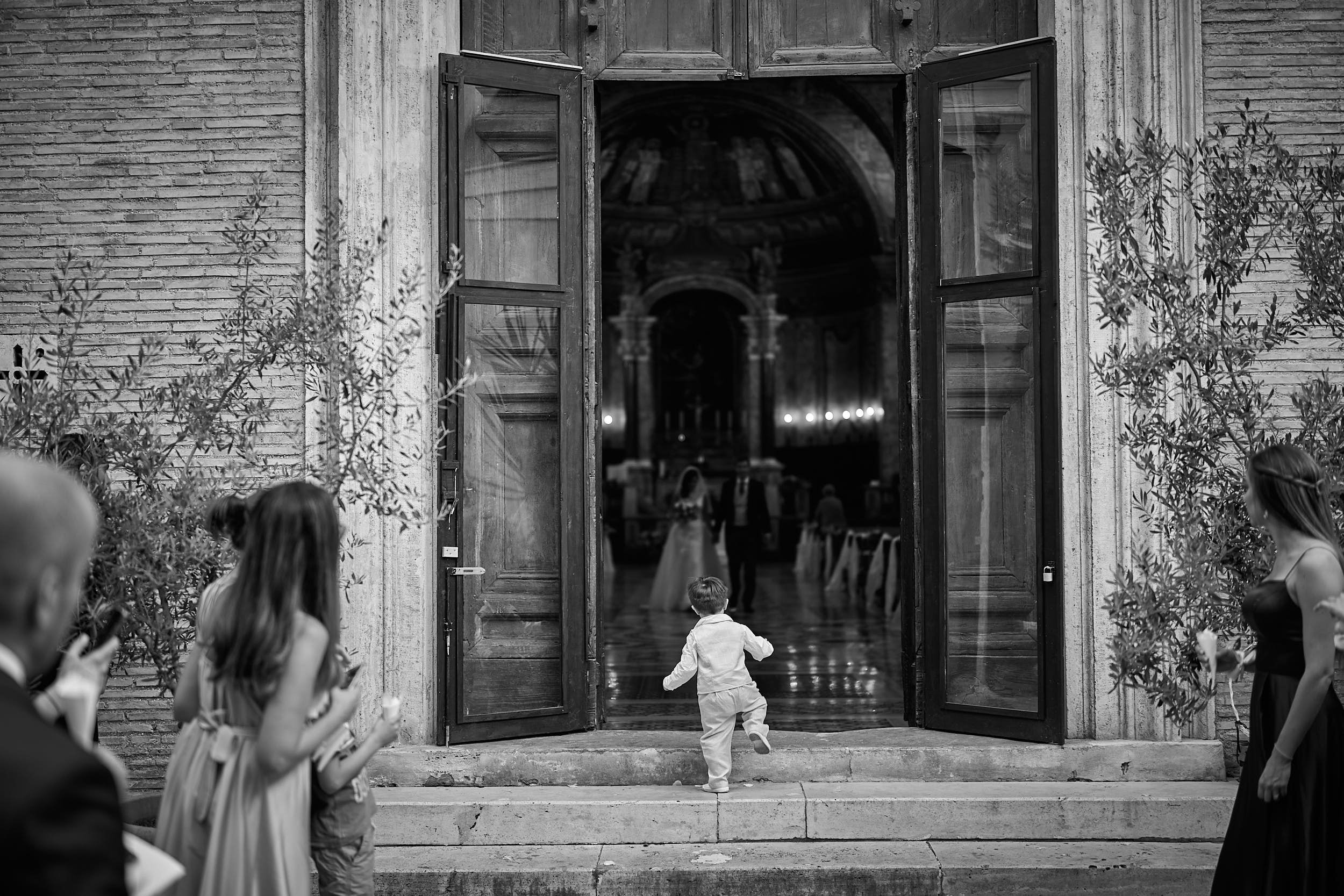




Leica SL2s camera review – the value of simplicity by nove100 (Instagram):
The L Mount
The L-Mount Alliance is a partnership between Leica Camera, SIGMA, Panasonic, Ernst Leitz Wetzlar GmbH, DJI, ASTRODESIGN, SAMYANG and Blackmagic Design. Its aim is to provide photographers with one unified lens mount standard. Developed by Leica Camera, the L-Mount allows photographers to combine lenses and cameras made by the five Alliance partners.
The SL2S is the camera that has truly matured the entire Leica L system. Let’s be clear, both the SL mark1 and the SL2 are magnificent cameras. Their only limitation: a sensor that doesn’t quite match up to the latest generation of back-illuminated CMOS sensors.
In other words, when you push the ISO sensitivity to high levels, you may experience some challenges, both in terms of dynamic range and signal-to-noise ratio. However, they remain excellent cameras.
From this perspective, the SL2S sets new records. The color accuracy at extremely high ISO sensitivities is something unheard of. It’s incredible to find yourself shooting in color at 12,800 or 25,600 ISO

A high ISO ( 6400 ISO ) sample

Leica SL2s + Voigtlander 50 f1.0
BUILD QUALITY, ERGONOMICS, CONTROLS, MENUS.
The camera is built like a tank, incredibly solid, with exemplary construction. The only downsides are that the paint is a bit delicate, and the grip rubber is equally so. It’s weather-sealed with an IP 54 certification (of course, when using SL lenses), and it handles heavy rain and adverse conditions without breaking a sweat. Ergonomics are excellent, with a comfortable grip. The only minor drawback is the lack of a bit more thumb support on the back for the right hand, where you could use a little more leverage. The controls and menus are fantastic and should be a model for any other brand. To customize any button (most are left blank without labels for this reason), you simply need to long-press the button. Forget about the unnecessary complications of modern mirrorless cameras. The menus never have more than three sub-levels, and there are only six pages. Yes, you read that right, six. The joystick allows you to move the focus point to a perfect position. In reality, you can also move the focus point using the excellent touchscreen, but personally, I preferred to lock it because the risk of accidentally changing settings in the heat of the moment was high. The number of customizable buttons is just right. The top display is very convenient, showing the current settings in use at a glance
BATTERY LIFE
I haven’t tested it with the new-generation batteries made compatible by a recently released firmware update for the SL2S. With standard batteries, you can expect to get between 600 and 800 photos per charge. It largely depends on how much you use the monitor and viewfinder, even during reviewing. The 100% sRGB coverage of the rear monitor is commendable, and it also boasts impressive resolution (2.1 megapixels). In short, the battery life is mediocre; the competition definitely does better. This is something to evaluate with the new battery.
VIEWFINDER AND DISPLAY
The viewfinder systems are excellent. The peaking function is precise enough even for photography, unlike some other brands, where focus peaking accuracy is quite poor and barely meets video needs. It’s a shame that the viewfinder magnification has decreased compared to the first-generation SL. If it had remained unchanged, along with the resolution increase, it would have been an absolute reference. The only drawback with the display is that it’s not tiltable. That’s a pity.


EXPOSURE METER AND AUTOFOCUS
Both are excellent. The exposure meter offers 4 different modes (evaluative, spot, center-weighted, highlight-weighted) and is essentially perfect. The autofocus (AF) is absolutely impeccable in single-shot mode (AFS), although a bit more sensitivity in very low light wouldn’t be bad. Its accuracy and consistency are fantastic, and the speed is also excellent.
However, it’s a different story when it comes to continuous autofocus (AFC). In practice, it’s as if it doesn’t exist. It’s imprecise, inconsistent, and makes mistakes even in simple and well-lit situations. The DFD system has significant shortcomings in this regard. Fortunately, phase-detection autofocus is coming in the next generation.
STABILIZATION
Excellent, simply excellent. You can even set automatic panning detection. It works extremely well for both photos and videos, where even with very subtle movements, it feels like you have the camera on a gimbal. The next generation promises to be even more impressive. I’ve taken handheld shots with exposure times up to 5 stops below the safety margin.
SENSOR AND BURST MODE
The sensor is a wonderful 24-megapixel full-frame BSI (back-illuminated) sensor. Its dynamic range, colors, and performance at high ISO settings are among the best on the market. What sets it apart is the micro lenses on the sensor to optimize the performance of M lenses, which is a real pleasure to use even on the SL.
The burst mode can reach up to 25 frames per second (in RAW) with a slightly inadequate buffer, allowing for approximately 60 DNG files at that speed. With JPEGs, you can shoot until the memory card is full.

I can use even small and not so fast lenses as the marvelous Sigma 45 f2,8. The SL2S can handle very high ISOs without problems.

A different kind of black and white. Files from SL2S can be edited without limits.
ON THE FIELD
An excellent camera. Pleasurable and fun to use. Exceptionally well-built. Designed by and for photographers and videographers. In fact, the video capabilities are equally exciting, which we will discuss in a separate article. The only real downside, apart from the lack of continuous autofocus, is the weight. It’s the price to pay for truly impeccable construction. This issue can be partially mitigated by using a set of very lightweight lenses, such as the new Leica Summicron lenses (35mm and 50mm), or some excellent options from Sigma or Panasonic. The real advantage of the L-mount consortium is this vast selection of lenses.
For the rest, the camera truly encourages you to use it. It has a great autofocus system, responsive, with a discreet and quiet mechanical shutter, and an exceptional viewfinder that’s also great for manual lenses. In this regard, I want to mention not only Leica’s official adapter for M lenses but also the one offered by 7 Artisan. It comes with a helicoid for close focusing, which significantly shortens the minimum focusing distance of M-mount lenses. Very convenient. The menus are simple, straightforward, and concise. Well-thought-out interface and operations make life very easy, essentially making the camera disappear between the photographer and the subject. The simplicity and linearity, I would dare say Leica’s minimalism, provide a breath of fresh air in a world that is offering increasingly needlessly complex and convoluted cameras. Here, we have 6 customizable buttons, a 6-page menu, and controls placed exactly where your hand naturally falls. It’s a clean, essential tool with a very clear industrial design that may or may not appeal to everyone. Extraordinarily effective. It adapts very well to any genre of photography, from landscape to architectural photography, where the Multi Shoot mode allows you to achieve up to 96 MP resolution. It’s also great for reportage and portrait photography, where the AF with body, eye, and face recognition works exceptionally well.
As a professional photographer who primarily works with weddings and portraiture, I can only speak highly of this wonderful tool. The discretion of the shutter, especially the mechanical one, and the remarkably fast and effective face, eye, and body detection autofocus make the entire workflow smooth, fast, and enjoyable. The operational simplicity allows me to focus solely on what matters: my connection with the subject I’m capturing. Its effectiveness is absolute.
Speaking as an enthusiast and someone who loves photography, it remains an incredibly enjoyable tool that I often carry with me for my personal projects. It reciprocates with simplicity, ease of use, and extraordinary image quality. In this second phase of my photographic life, the pleasure of using the tool, in addition to its effectiveness, becomes crucial, and truly, I have nothing to complain about. It’s marvelous.
An exceptional tool within an extremely intelligent L-mount ecosystem.


A customized manual focus lens. A joy to use with a Leica SL2s.


Leica SL2S Leica 50 f1.4 Summilux SL.

Leica SL2s Leica 50 SL Summilux f1.4

Conclusion
STRENGTHS
- Exceptional construction
- Controls
- Simple and linear menus
- Simple and effective interface
- Ergonomics
- Burst mode
- Back-illuminated sensor
- Sensor optimized with micro lenses for Leica M lenses
- Availability of lenses in the L system (at various price points and levels)
- Extremely high image quality
- Chromatically in line with the Leica feel
- Outstanding video capabilities
- Excellent stabilization
- Excellent performance at high sensitivities
- Ease of use
- Excellent autofocus system (but only in AFS)
- Excellent body, face, and eye recognition system for portraiture
- Best camera to adapt old vintage \ manual focus lenses.
WEAKNESSES
- Electronic shutter not suitable for fast-moving subjects (slow sensor readout time)
- Battery life not up to current standards (to be evaluated with the new battery)
- Lack of a continuous autofocus system worthy of the name
- Lack of a flash sync port
- High weight

Leica SL2s Voigtlander 50 f1.0.
















